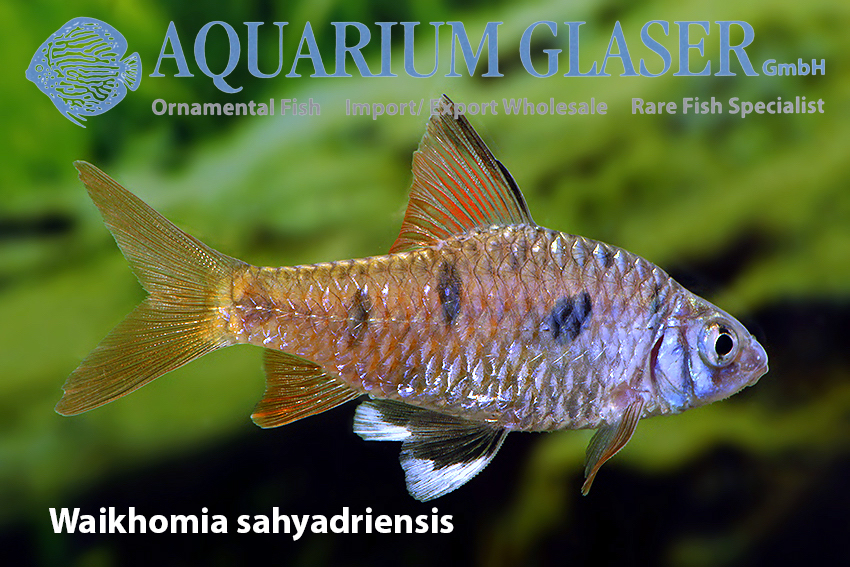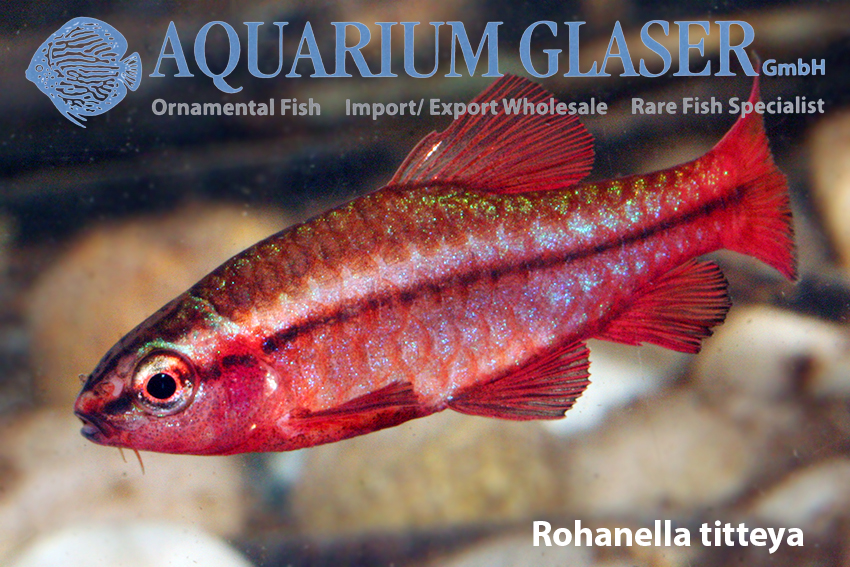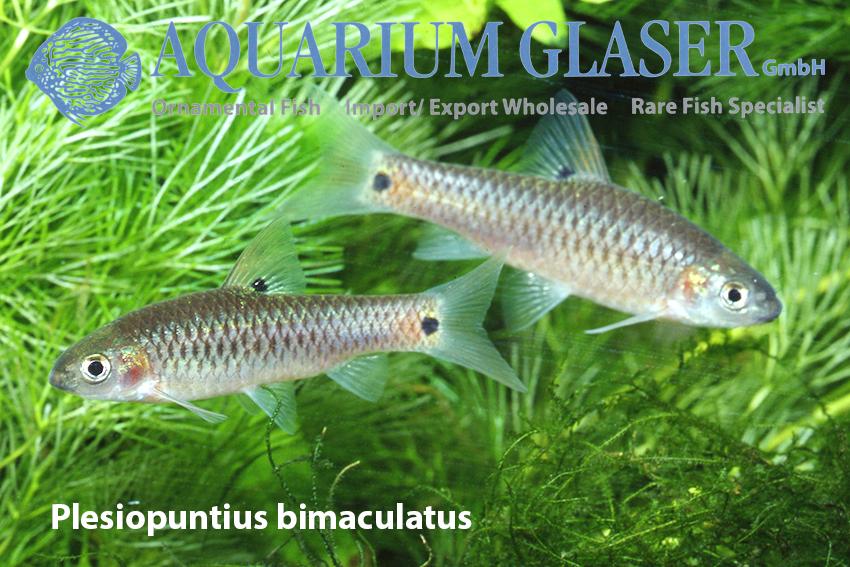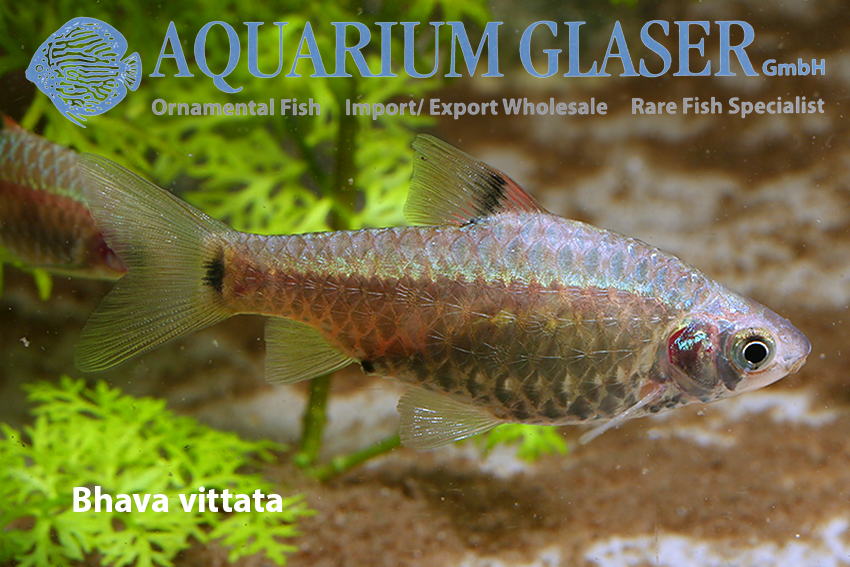Up to 120 species of Asian small barbs were formerly assigned to the genus Puntius. It was already clear for decades that Puntius is not a real relationship group, but a collective pot for most different small barb groups. That is why many even preferred the classification of the Asian small barbs with Barbus, just as wrong, but this was to avoid overlooking previously described species in new discoveries.
A revision of Puntius always failed because of the mass of species, especially since alpha systematics within the group is only unsatisfactorily understood. Alpha-systematics means the knowledge about the actually existing species. But then one took heart (more precisely: it was Pethiyagoda et al., 2012) and just started. There was then some back and forth, some newly created genera had to be renamed again, others were further subdivided, but in the meantime one gets along quite well and knows the new genus names Dawkinsia, Desmopuntius, Haludaria, Oliotius, Pethia, Puntigrus, Sahyadria and Striuntius.
Somewhat lost in the corona buzz is the listing of the new genus Waikhomia by Katwate et al. 2020. This new genus includes only two South Indian species, namely W. sayadriensis and W. hira. Both species look very similar to each other. W. hira differs from the aquaristically better known W. sahyadriensis in the arrangement and expression of the spots on the flanks. In W. sahyadriensis these are large, oval and there are also spots in the dorsal region, in W. hira the relatively small, round spots are limited to a kind of band along the middle of the body.

Now a molecular biological treatment of the group was published by Sudasinghe et al., 2023. Here three more genera are established for small barbs from Sri Lanka and from South India, namely Rohanella (type species Puntius titteya), Plesiopuntius (type species Gnathopogon bimaculatus) and Bhava (type species Puntius vittatus). All three genera are monotypic for the time being, i.e. only one species is assigned to each of them.

Most significant aquaristically is Rohanella titteya, the Cherry barb. It is interesting to note that molecular data show no differences among the various known populations of this species, although they are quite distinct in color.

The Redside barb, Plesiopuntius bimaculatus, is very much out of fashion. In the 1950s and 1960s it was a popular aquarium fish. The species exists not only in Sri Lanka, but also in mainland India. Several distinct lineages have been identified molecularly, but this has not (yet) resulted in the split of the species.

The Greenstripe barb, Bhava vittata, was a popular aquarium fish at the same time as the Redside barb, nowadays it is found, if at all, only in the tanks of special barb enthusiasts. The species is widely distributed in Sri Lanka and southern India, and is also found in Bengal. The small common barb occurs opportunistically in numerous types of water.
Text & photos: Frank Schäfer
Literature
Katwate, U., P. Kumkar, R. Raghavan and N. Dahanukar (2020): Taxonomy and systematics of the ‘Maharaja Barbs’ (Teleostei: Cyprinidae), with the description of a new genus and species from the Western Ghats, India. Zootaxa 4803 (no. 3): 544-560.
Pethiyagoda, R., M. Meegaskumbura and K. Maduwage (2012): A synopsis of the South Asian fishes referred to Puntius (Pisces: Cyprinidae). Ichthyological Exploration of Freshwaters v. 23 (no. 1): 69-95.
Sudasinghe, H. Rüber, L. & M. Meegaskumbura (2023): Molecular phylogeny and systematics of the South Asian freshwater-fish genus Puntius (Teleostei: Cyprinidae). Zoologica Scripta (online): 1-17




